.png)
Why Contract Performance Management Should Be a Boardroom Metric
Contracts form the base of how modern businesses operates. Whether it is a vendor supplying vital materials, a specialist offering specialized expertise, or a tech company powering internal infrastructure, all long-term business collaborations are recalled by a contract. But when an agreement has been signed, the focus of most businesses shifts elsewhere. The paper is put away, stored, and forgotten-when something fails.
This "sign and shelve" practice is where value gradually diminishes. Weeks-or months-are spent by organizations negotiating terms, prices, and levels of service, but unless they diligently monitor contract performance, the value they had envisioned at signing can begin to erode without anyone even knowing. The contract is legally good, but operationally weak. Teams continue working under outdated assumptions, while real-world delivery of outcomes goes uncoordinated.
In the global economy today, with its businesses depending on multi-vendor networks, outsourced operations, and subscription-based service models, contracts are not merely legal shields; they are business blueprints. They dictate how the job is accomplished, how fast it happens, at what cost, and how quality is maintained. If these types of arrangements run without planned management, firms lose flexibility, visibility, and control of costs.
This is why Contract Performance Management must evolve into a strategic discussion from a departmental task. The more business is dynamic and interdependent, the more it needs to pay attention to whether the agreements driving that business are actually performing as intended
Understanding Contract Performance Management
Contract Performance Management (CPM) is continuous tracking of how well a contract should perform, achieving.webp?width=300&height=300&name=Untitled%20design%20(62).webp) the business outcomes it was meant to achieve. It ensures commitments are met, timelines are respected, service levels are maintained, and value at the point of signing is optimized. Rather than viewing a contract as a static document, CPM treats it as a living business asset that requires governance, measurement, and sometimes intervention.
the business outcomes it was meant to achieve. It ensures commitments are met, timelines are respected, service levels are maintained, and value at the point of signing is optimized. Rather than viewing a contract as a static document, CPM treats it as a living business asset that requires governance, measurement, and sometimes intervention.
A strong CPM process involves:
- Tracking deadlines, obligations, deliverables, and dependencies
- Reviewing performance data and service outcomes regularly
- Identifying deviations or risks early
- Communicating expectations clearly between internal teams and partners
- Making informed decisions about renewal, renegotiation, or termination
What makes CPM powerful is that it shifts the organization from reactive issue resolution to proactive performance assurance. Instead of discovering problems when a failure occurs, leadership detects trends early and corrects them before they escalate.
This also leads to stronger business relationships. Vendors and partners perform better when expectations are transparent and performance is visible. CPM encourages healthy accountability-not through pressure, but through shared clarity of purpose and measurable progress.
Ultimately, CPM is about protecting business value. It ensures that the time, budget, trust, and organizational energy invested in a partnership translates into real, reliable outcomes.
Why Contract Performance Belongs in the Boardroom
Contract performance influences the areas of business that boards are responsible for guiding: financial outcomes, operational efficiency, compliance posture, customer experience, and long-term strategic growth. Yet historically, boards have only been shown contract summaries-approvals, cost numbers, and legal risk details. What they often.webp?width=300&height=300&name=Untitled%20design%20(63).webp) lack is visibility into how well those contracts perform over time.
lack is visibility into how well those contracts perform over time.
When performance is not discussed at the top, several issues occur:
- Underperforming vendors continue without correction
- Renewals happen without negotiation leverage
- Financial waste becomes normalized
- Operational delays ripple into customer-facing failures
Bringing contract performance into board-level reporting shifts this dynamic entirely. Leadership can start asking:
- Are we receiving the value we pay for?
- Which vendors deliver the strongest results?
- Where are we vulnerable due to dependency or inconsistency?
- What renegotiation or consolidation opportunities exist?
This level of questioning drives better decisions. It strengthens accountability. It positions the organization to act rather than react.
Boards set the direction of the business. Making contract performance a regular part of that conversation ensures the execution aligns with strategy-not by assumption, but by measurable evidence.
The Four Core Measures of Contract Performance
To evaluate whether a contract is generating value, organizations must examine four key performance dimensions: cost, punctuality, reliability, and quality.
Cost
Cost is not simply about spending less-it is about understanding the relationship between investment and return. Contracts that once made financial sense may no longer be justified due to market shifts, internal changes, or vendor underperformance. Tracking cost performance allows organizations to negotiate from strength, identify waste, and make informed renewal decisions.
Punctuality
Timelines matter. Delays do more than inconvenience-they compromise downstream schedules, impact customer commitments, increase costs, and reduce responsiveness. Monitoring punctuality ensures the organization keeps momentum across complex workflows.
Reliability
Reliability reflects consistency. Even if a vendor performs well once, inconsistency can undermine trust and continuity. Reliability must be demonstrated over time, across different conditions, and through varying volumes of work.
Quality
Cost and timeliness lose meaning if the outcome fails to meet expectations. Consistent quality safeguards reputation, efficiency, and customer satisfaction. To manage quality, organizations need feedback loops-not assumptions-built into contract oversight.
When these four pillars are actively tracked, organizations can clearly determine whether a contract continues to earn its place in the operational ecosystem.
The Risks of Ignoring Contract Performance
When contract performance is not monitored, issues accumulate quietly. Vendor shortcomings become routine. Overspending becomes habitual. Compliance concerns go unnoticed until audit season. Renewals happen automatically, without strategic review. What begins as small inefficiencies turns into structural waste.
The danger is not dramatic failure-it is gradual decline. The business becomes less efficient, less agile, less informed, and less competitive. The absence of CPM doesn’t cause immediate collapse. But it does cause long-term erosion of value and operational discipline.
How CLM Technology Enables Board-Level Visibility
Contract Lifecycle Management (CLM) platforms today have an revolutionary role in reframing contract management from fragmented, reactive tracking to a single, central strategic system of performance.
Contract data is usually broken down by department in most organizations: Legal controls the document, Finance.webp?width=300&height=300&name=Untitled%20design%20(61).webp) monitors budgets, Procurement handles the vendor, and Operations oversees execution. Each of these groups owns only a part of the entire picture. As a result of this disintegration, leadership is not able to see how contracts are performing in total at the macro level.
monitors budgets, Procurement handles the vendor, and Operations oversees execution. Each of these groups owns only a part of the entire picture. As a result of this disintegration, leadership is not able to see how contracts are performing in total at the macro level.
A CLM system slices through this misalignment. It establishes one source of truth for all contracts and enables cross-functional clarity and organizational alignment. Performance data-delivery schedules, payment milestones, service-level adherence, vendor scorecards, and renewal windows-becomes visible in real time. Leaders no longer have to wait for manual follow-ups, disjointed email strings, or outdated status reports to know where value is being created-and where it is leaking.
CLM platforms also improve regulatory compliance and audit readiness by ensuring a comprehensive history of activities, changes, approvals, and performance metrics. This reduces the risk of contract mismanagement, oversight gaps, or non-compliance penalties by a significant proportion.
Furthermore, dashboards and analytics render contracts an actionable intelligence. Boards and executives can see instantly trends, compare vendor performance, gauge spend effectiveness, and identify opportunities to renegotiate or consolidate.
- Automated reminders prevent missed renewals and surprise renewals
- AI-powered analytics identify early performance threats
- Scorecards render vendor accountability measurable
- Workflows ensure all commitments are tracked and fulfilled
With CLM, contract performance is now transparent, measurable, and strategically significant, not an administrative nicety. It allows leaders to make faster, better decision-making based on real operational facts.
Shifting Contract Performance into the Boardroom Agenda
Incorporating contract performance into board-level discussion is not a change process, but a strategic cultural transition. It begins by recognizing that contracts are not drudge documents but operational drivers of partnerships, spend, service quality, and organizational outcome. To discuss contract performance in the boardroom with any value, companies must create a performance narrative, not transactional reporting.
This involves establishing explicit KPIs, performance expectations for vendors and internals, and translating contract data into actionable intelligence available to the board immediately. Instead of reading contracts during renewal only, the leadership needs to read performance trends quarterly, together with financial and operating metrics. This aligns what the organization requires with what its partners deliver.
To embed contract performance into strategic discussions, organizations should:
- Define contract performance KPIs tied to business goals
- Standardize reporting formats and review timelines
- Train internal teams to evaluate performance data, not just document storage
- Use CLM dashboards to present clear, comparative insights
As this reporting becomes consistent, contract performance becomes part of decision-making-not just documentation. Leaders begin to question not only what the company is spending, but what it is receiving in return. Underperforming vendors are identified earlier. Strong-performing partners are strengthened. Renewal and renegotiation strategies become intentional, not automatic.
Over time, contract performance becomes woven into strategic planning, budgeting, vendor selection, and risk management. It becomes a natural part of how the organization evaluates success.
When contract performance enters the boardroom, the organization moves from reactive management to strategic foresight-and that shift creates sustained business resilience, operational discipline, and measurable competitive advantage.
Conclusion
Contracts shape how work gets done. The performance of those contracts shapes how the organization grows. When contract performance becomes a boardroom metric, the business becomes clearer, more disciplined, and more resilient. The future will belong not only to companies that sign strong contracts-but to those that manage them strategically.
Contracts are not static documents. They are ongoing promises that shape the financial and operational direction of the business. When contract performance is reviewed with the same seriousness as financial forecasts or strategic plans, organizations gain clarity, control, and competitive advantage.
The companies that outperform in the coming years will not simply sign better contracts-they will manage them better.
Turn your contracts into engines of growth.
Schedule a free demo with Dock 365
Book a Live demo
Schedule a live demo of Dock 365's Contract Management Software instantly.
.jpg?width=1260&height=1205&name=Image%20(2).jpg)
Written by Fathima Henna M P
As a creative content writer, Fathima Henna crafts content that speaks, connects, and converts. She is a storyteller for brands, turning ideas into words that spark connection and inspire action. With a strong educational foundation in English Language and Literature and years of experience riding the wave of evolving marketing trends, she is interested in creating content for SaaS and IT platforms.


